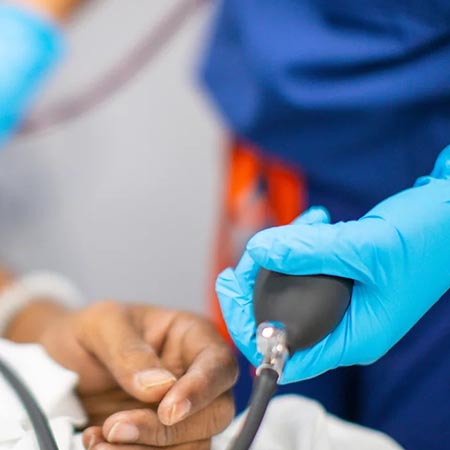PAD, Peripheral Arterial Disease, is a serious, yet treatable disease, characterized by a narrowing or blockage of the arteries that carry oxygenated blood to extremities such as the legs. Dr. Simon can perform a minimally invasive, same day, outpatient vascular procedure with just a tiny pin hole.
Because many of the symptoms of PAD go undetected or mimic other conditions, it may be difficult to detect PAD until it begins to manifest. Avoiding many of the risk factors, like smoking and obesity by cessation and exercise will stop the disease before it starts.In some people, peripheral artery disease doesn’t cause any symptoms. However, in others, it causes claudication(1).
Claudication is the pain in your leg, thigh, or arms when you perform a physical activity such as walking. It usually disappears when you settle down for rest.


